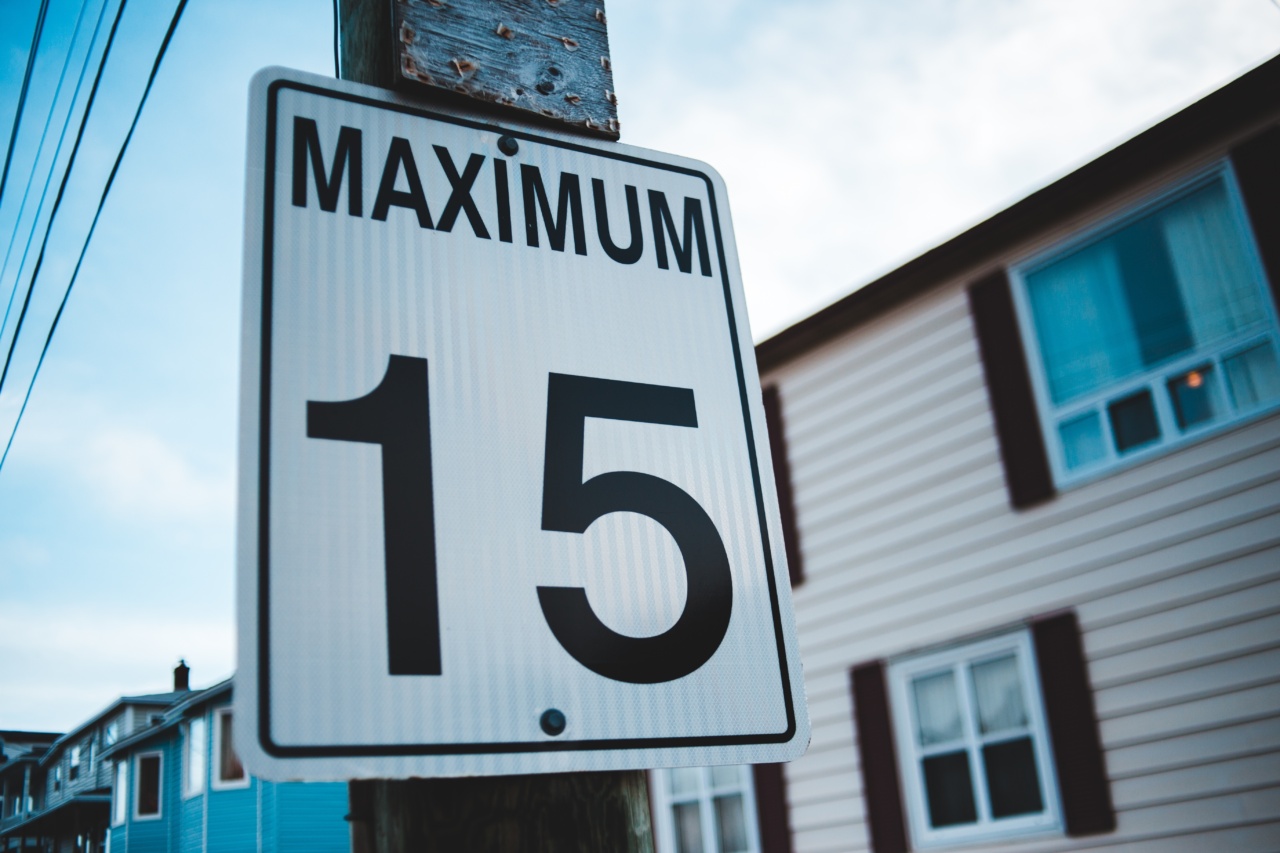When it comes to pressure, there are two key numbers to know: maximum and minimum. These numbers help to describe a range of pressure, but understanding what they mean and how they are used can be confusing.
In this article, we will explain what maximum and minimum pressure are, how they differ, and why they matter.
What is Pressure?
To understand maximum and minimum pressure, it is important to first understand what pressure is. Pressure is a force per unit area. It can be measured in a variety of units, such as pounds per square inch (psi), pascals (Pa), or atmospheres (atm).
When pressure is applied to an object, it can cause the object to compress or expand. This is because pressure represents the amount of force that is being exerted on a given area.
For example, when you inflate a balloon, you are increasing the pressure inside the balloon. This pressure causes the balloon to expand until the forces are balanced. If too much pressure is applied, however, the balloon will burst.
What is Maximum Pressure?
The maximum pressure is the highest amount of pressure an object can safely withstand before it will fail. This number is typically provided by the manufacturer of the object and is often listed in the owner’s manual or product specifications.
For example, if you are inflating a tire, the maximum pressure will be listed on the tire itself. This number represents the maximum amount of pressure that the tire can safely withstand without failing.
If you exceed this pressure, the tire could burst, causing damage to your vehicle and potentially injuring you or others.
What is Minimum Pressure?
The minimum pressure is the lowest amount of pressure that is required for an object to function properly. This number is also typically provided by the manufacturer of the object and is often listed in the owner’s manual or product specifications.
For example, if you are using a hydraulic lift, the minimum pressure required to raise the lift may be listed in the owner’s manual. This number represents the minimum pressure that is required to properly lift the object.
If you use less pressure than this, the lift may not function properly, or it may take longer to raise the object.
How Do Maximum and Minimum Pressure Differ?
The main difference between maximum and minimum pressure is what they represent.
Maximum pressure represents the upper limit of what an object can safely withstand without failing, while minimum pressure represents the lower limit of what is required for an object to function properly.
In some cases, the maximum pressure and the minimum pressure may be the same.
For example, if you are using a tire that is rated for a maximum pressure of 35 psi and a minimum pressure of 35 psi, you need to fill the tire to exactly 35 psi in order for it to function properly and safely.
In other cases, the maximum and minimum pressures may be different.
For example, if you are using a hydraulic lift that requires a minimum pressure of 1000 psi to function properly, but has a maximum pressure limit of 2000 psi, you could safely operate the lift at pressures between these two numbers.
Why Do Maximum and Minimum Pressure Matter?
Knowing the maximum and minimum pressures for an object is important for a few reasons:.
- Safety. Exceeding the maximum pressure for an object can cause it to fail, potentially causing injury or property damage. Failing to meet the minimum pressure for an object can also result in injury or property damage if the object does not function properly.
- Efficiency. Using the correct pressure for an object can help it to function more efficiently and effectively. For example, using the correct tire pressure can improve fuel efficiency and reduce tire wear.
- Longevity. Using the correct pressure for an object can also help it to last longer. Overinflating tires, for example, can cause them to wear out unevenly and more quickly, reducing their lifespan.
Conclusion
Maximum and minimum pressure are two important numbers to know when working with objects that involve pressure. Understanding what they mean, how they differ, and why they matter can help you to use these objects more safely and effectively.
Remember to always check the owner’s manual or product specifications for maximum and minimum pressure information, and never exceed the maximum pressure or fail to meet the minimum pressure for an object.































